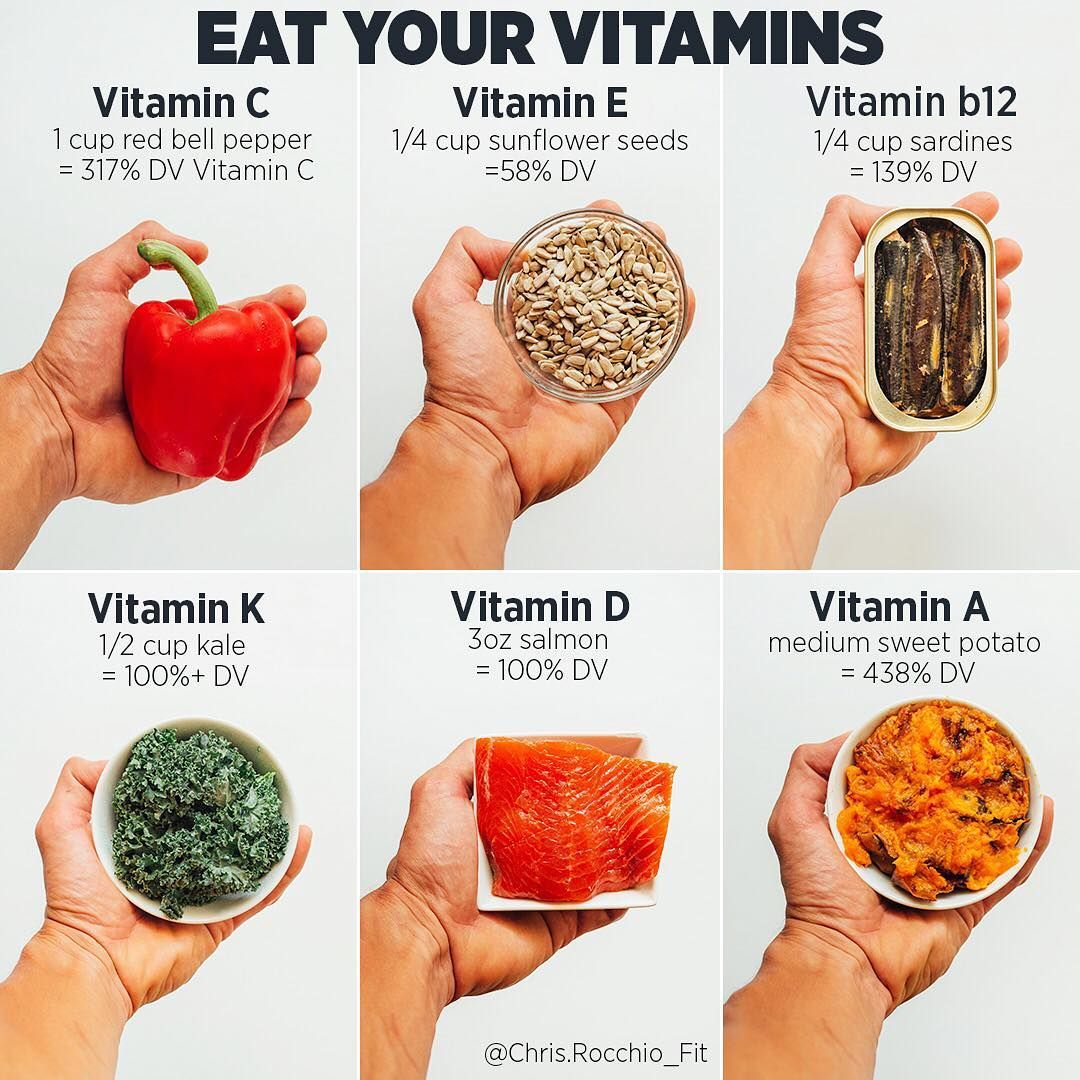Table of Contents

Why White Rice is a Staple in Many Cultures
White rice is a staple food in many cultures around the world. It is a versatile grain that can be enjoyed in a variety of dishes, from stir-fries to sushi rolls. But what makes white rice so popular? One reason is its affordability. Compared to other grains, white rice is relatively inexpensive and can be easily stored for long periods of time. Additionally, white rice is easy to cook and can be paired with a wide range of flavors and ingredients.
The Surprising Nutritional Benefits of White Rice
While white rice is often criticized for being high in carbohydrates and low in nutrients, it actually provides several important nutrients that are essential for a healthy diet. One of the main nutrients found in white rice is iron, which is important for the production of red blood cells and the transportation of oxygen throughout the body. White rice also contains B-vitamins, such as thiamine and niacin, which play a key role in energy production and brain function.
High in Fiber
Contrary to popular belief, white rice can actually be a good source of fiber. While brown rice is often touted as the healthier option, white rice can still contribute to your daily fiber intake. The fiber content in white rice is found mainly in the bran layer, which is removed during the milling process. However, some of the fiber is retained in the endosperm, making white rice a decent source of dietary fiber.
Rich in Essential Minerals
White rice is also a good source of essential minerals, such as magnesium and selenium. Magnesium is involved in over 300 biochemical reactions in the body and plays a crucial role in maintaining normal nerve and muscle function. Selenium, on the other hand, is an important antioxidant that helps protect the body against oxidative stress and supports a healthy immune system.
The Role of White Rice in a Balanced Diet
White rice can be a valuable addition to a balanced diet when consumed in moderation. It provides energy, helps maintain satiety, and can be a good source of important nutrients. However, it is important to note that white rice is relatively high in carbohydrates and may not be suitable for individuals following a low-carb or keto diet. It is always best to consult with a healthcare professional or registered dietitian to determine the best dietary choices for your individual needs.
How to Make White Rice More Nutritious
If you’re looking to boost the nutritional value of your white rice, there are a few simple tips you can follow. Firstly, consider adding some vegetables to your rice dishes. This will not only add nutrients but also enhance the flavor and texture of your meal. Secondly, opt for whole grain versions of white rice, such as brown or wild rice, which retain the bran layer and provide more fiber and nutrients. Finally, try incorporating other whole grains, such as quinoa or barley, into your rice dishes for an extra nutritional punch.
The Bottom Line
While white rice may not be as nutrient-dense as some other grains, it can still be part of a healthy and balanced diet. Its affordability, versatility, and ability to provide energy make it a popular choice in many cultures. By making small tweaks and incorporating other nutritious ingredients, you can easily enhance the nutritional value of your white rice dishes. So go ahead, enjoy your favorite rice dishes guilt-free!



